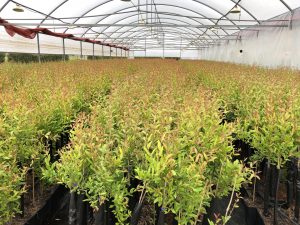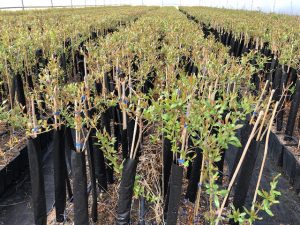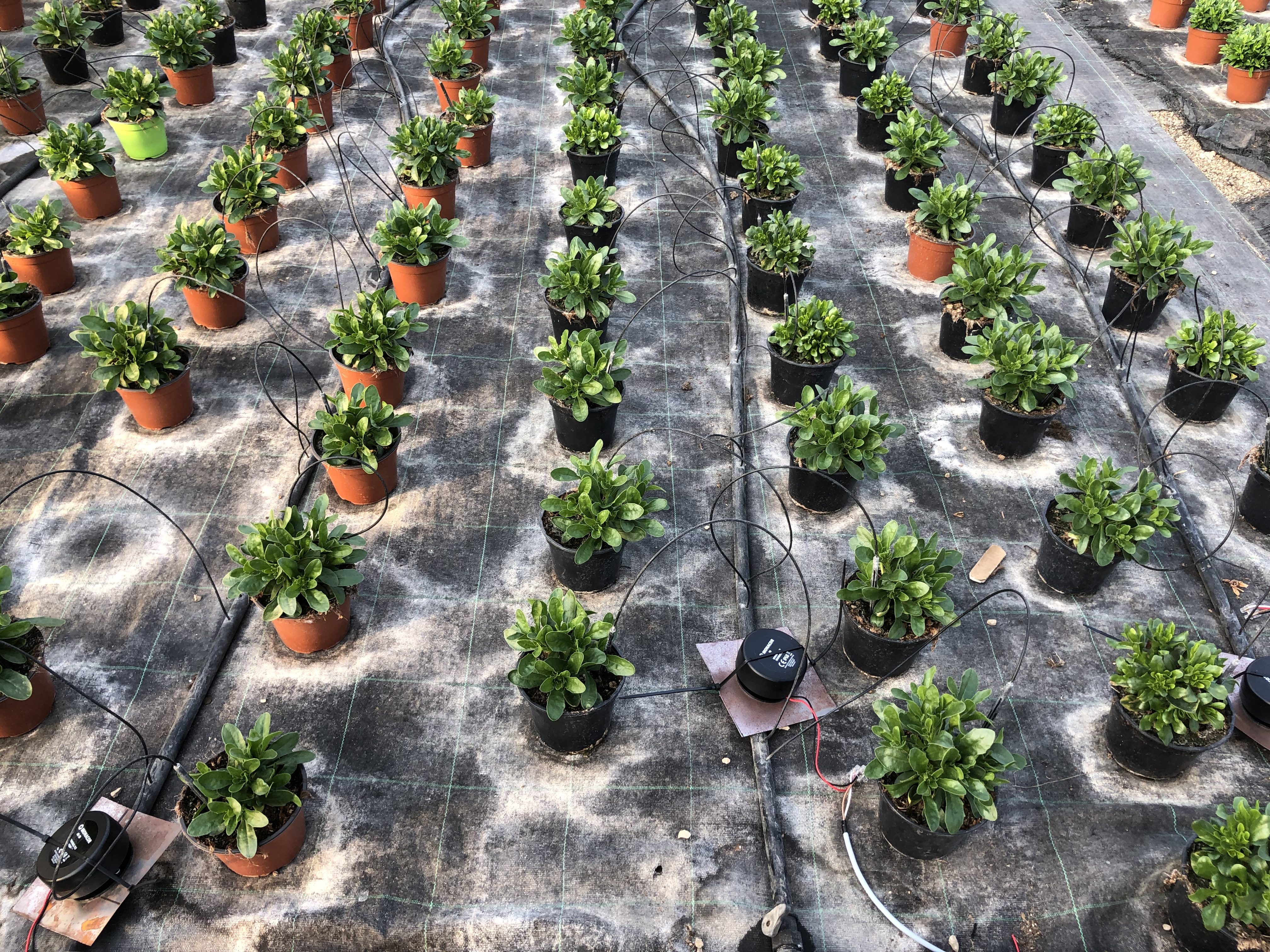Your cart is currently empty!
Ensuring environmental sustainability is one of the Millennium Development Goals (MDGs) set by the United Nations. Starting from a definition of sustainability that is that of the Brundtland report (World Commission on Environment and Development, 1987), namely: “to meet the needs of the present generation without compromising the ability of future generations to meet their own needs”, this objective should be achieved in particular by stimulating environmental development policies and programmes to reverse the current loss of environmental resources, reducing the process of biodiversity loss.
We have almost reached a point of no return and if the Earth is to continue to feed us and our children, agriculture will need to transform and help reduce global pollution.
Fertilizers and pesticides used in crops are among the most harmful agents for the environment, but they continue to be used, even if they are not always useful. But reducing pesticides without decreasing crops is possible.
The National Geographic Italy reports some data discovered by some recent research:
– In 38.8% of cases, reducing pesticides increases productivity;
– in more than half of the cases (55%), those who use less pesticides get the same crops as when they used more;
– only in 6.2% of cases, researchers found poorer yields.
However, reducing pollution caused by agriculture to limit climate change is not the only factor to take into account.
The aim is to change cultivation techniques in order to achieve an agriculture that respects the environment, without polluting and without taking away more space from nature, while at the same time allowing for adequate economic profitability for those who work there and allowing for social equity.
From the 1950s until today, various scientific studies have confirmed that plant organisms are influenced by sound in their growth and metabolism. We can cite several experiments conducted to date that have clearly shown that sound frequencies not only accelerate growth, but also significantly affect the concentration of various metabolites such as chlorophyll and starches that increase exponentially.
Among the many researches it is interesting to mention the work of Joel Sternheimer, who has succeeded after 40 years of studies and research to interact through sounds in the formation of organisms. The keystone of his research is called “Protéodie” or “music of proteins”. In simple words, each protein corresponds to a specific melody, built from the waves emitted by the amino acids that compose it. Experiments on plants have shown that tomatoes exposed to its melodies have grown two and a half times more than untreated tomatoes. Some of the plants, in addition to being significantly larger, had sweeter and tastier fruits and resisted drought better. The music sequences stimulated the proteins responsible for plant development, including cytochrome c, and thaumatin, for a total of three minutes a day. Using an inhibiting proteome, Sternheimer also claims to have stopped the mosaic virus by reproducing his designed note sequences.
In another study, sound exposure increased the oxygen content and polyamine level in cucumber and Chinese cabbage, thus improving overall plant health. The results also suggested that high-frequency sound waves delayed the growth of Aspergillus spp. This result could be exploited to benefit the food industry. researcher Xiujuan and colleagues reported that sound waves accelerated the synthesis of RNA and soluble proteins with an increased transcription level that resulted in better growth in chrysanthemum plants. The growth rate in terms of height and biomass increased by 20% and 72% respectively when treated with classical music, thus using raga music played by Indian musical instruments such as flute, violin and harmonium. A similar positive effect has also been observed in open field crops – with the increase in fruit size between 25% and 60% compared to other untreated crops.


GREEN HARMONIC SOLUTIONS
Starting from the researches mentioned so far, the undersigned Simone Gatto, an italian composer specialized in Music Therapy, together with a team of researchers, electronic and environmental engineers from all over Italy, has conducted researches in Salento companies on various types of greenhouse and open field crops (flowers, tomatoes, aubergines, pomegranates, avocados, etc.), applying different types of frequencies both in the air and in the ground and setting a tailor-made treatment for each type of cultivation (assigning specific melodies and harmonies according to needs: growth, colour, water need, resistance to insects and parasites, time of year). The entire research process started in 2017 and is supervised by Prof. Marcello Lenucci of the Department of Biological and Environmental Sciences and Technologies – University of Lecce, who has made his resources available to analyze all samples and provide scientific reliability to the results.
Thus was born the project Green Harmonic Solutions, a sophisticated sound irrigation system that through special diffusers spreads a carefully calibrated combination of melodic, harmonic and rhythmic scales of mechanical frequencies with the aim of entering into harmonic resonance with the Earth and all living organisms, inhibit or excite proteins and cellular processes and consequently cause significant effects in changing the vital parameters of plants, facilitating their germination and growth, stimulating the birth of flowers, leaves, fruits, buds, etc..
The results obtained so far have clearly determined that the system works! In fact, through the spread of frequencies in the soil with specially designed non-tempered steel boxes, we have been able to remove excess pests while avoiding the biological vacuum, thus making the soil fertile and productive, ready for immediate reuse after harvest. This same state of equilibrium has been preserved also during the growth and maturation phase of the plants, thanks to the diffusion of harmonic sounds and musical compositions in the air by means of audio speakers that, given to the hand, have allowed to strengthen the immune system of the plants, significantly influencing the concentration of the various metabolites and consequently increasing their resistance to insect attacks.
All the data collected in over three years of research would seem to demonstrate that, thanks to the technical specifications based on audible and inaudible frequencies listed above, this system is able to give a tangible benefit to the agricultural sector, increasing the productivity and quality of the plants produced. Moreover, the use of these ‘eco-friendly’ techniques allows the farmer to eliminate or at least drastically reduce the need for chemical fertilizers and pesticides, helping eco-sustainability and consequently reducing environmental pollution, facilitating the welfare of plants, animals and human beings.








Leave a Reply
You must be logged in to post a comment.